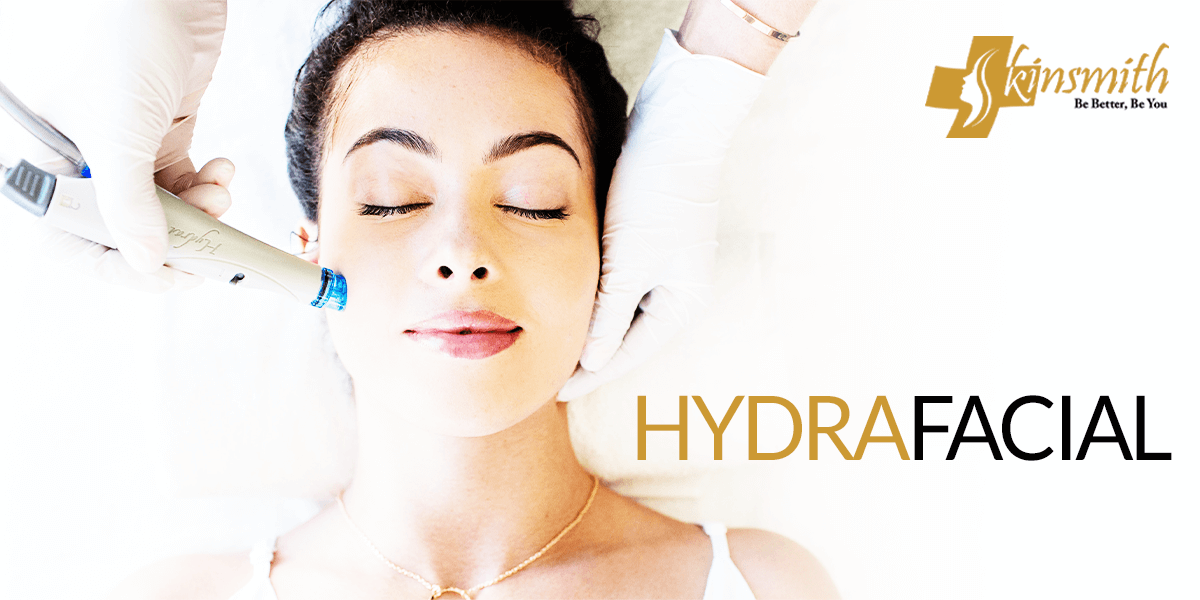Melasma:
Melasma is actually a skin condition. It is characterized by brown, blue-gray, or freckle-like spots. Its second name is Mask of Pregnancy. It is caused by the overproduction of the cells that may change your skin color. However, it is common, harmless and some treatments may be able to solve this problem. Melasma fades naturally after a few months.
Symptoms:
Melasma is a skin condition that means is a black spot. A person who is suffering from melasma might experience light brown, dark brown, or blue-gray patches on her skin. Likewise, they are similar to flat patches or freckle-like spots. It usually appears on the patient face, cheeks or upper lip, and forehead.
Melasma treatment in Islamabad. Melasma is often called the “Mask of Pregnancy”. It is known by this name because it frequently affects pregnant women. On the contrary, it darkens and lightens over time. Its peak time is in the summer and becomes better during winter.
Types of Melasma:
Typically, Melasma has three types. A Wood lamp is used to emit light that has black color. Hence, it is used to determine the depth of the pigmentation. The three types of Melasma are as follow:
Epidermal:
Epidermal melasma has a well-defined border and dark brown in color. It is only prominent in black light. However, it sometimes responds well to treatment.
Dermal:
This type of melasma has a light brown and bluish color. It has a blurry border compared to Epidermal melasma. However, it does not respond well to treatment and it is not prominent in black light.
Mixed Melasma:
This type of Melasma is the most common among all three. It has the color of bluish and brown patches. However, it shows a good response to treatment and displays mixed patterns under backlights.
What Causes Melasma:
What are Melasma causes? Radiation (Ultraviolet, visible, or infrared light) and Hormones are the main causes of melasma. Furthermore, melasma becomes worst when a person receives ultraviolet and infrared light from the sun. Following are the possible causes of melasma:
Anti-seizure Medications:
Some patient uses drugs that prevent them from having seizures. Sometimes, these drugs may cause melasma. In addition, Clobazam is a typical example of anti-seizure.
Contraceptive Pills:
Typically, contraceptive pills contain estrogen and progesterone. Further, each individual is diagnosed with melasma who uses oral contraceptive pills.
Pregnancy:
It is inevitable to know why pregnant women get melasma. However, some experts might suggest that it happens due to an increase in the level of estrogen during the third semester of pregnancy.
Risks of Melasma:
Melasma is not very effective on those people having white skin. However, its effect increases on that person which has a darker complexion. Melasma is most common in women compared to men. Moreover, only 10% of men are affected by melasma however, 90% of women who are pregnant get melasma.
Melasma Treatment:
Usually, melasma goes away naturally. Melasma may be triggered due to pregnancy or medication. it fades away on its own after delivering your baby. Best Dermatologist in Islamabad.
However, Melasma may last for years or even a lifetime. While it cannot harm your body.
Your dermatologist may prescribe a medication that decreases the excess pigmentation in your skin. An experienced dermatologist may prescribe for one or more of the following:
Hydroquinone:
This type of treatment is for melasma. it is even effective on darker skin tones. It is not a product that you can buy without a prescription from a dermatologist.
Triple Combination Cream:
This cream consists of three medications. One is tretinoin, the second is a corticosteroid and the last one is hydroquinone. These are used to reduce inflammation and to even your skin.
Other Medication:
Some other medicines may be prescribed by your dermatologist that even your skin gently. These may include azelaic acid, kojic acid, or vitamin C.
Melasma Prevention:
What is melasma prevention? there is no way you can avoid melasma if you get it through genetics. What you can do is to prevent melasma from getting worst. Right now, there is no complete medication that can prevent melasma. However, if you take a skin-friendly diet you may be able to get vitamin D which may help later.






